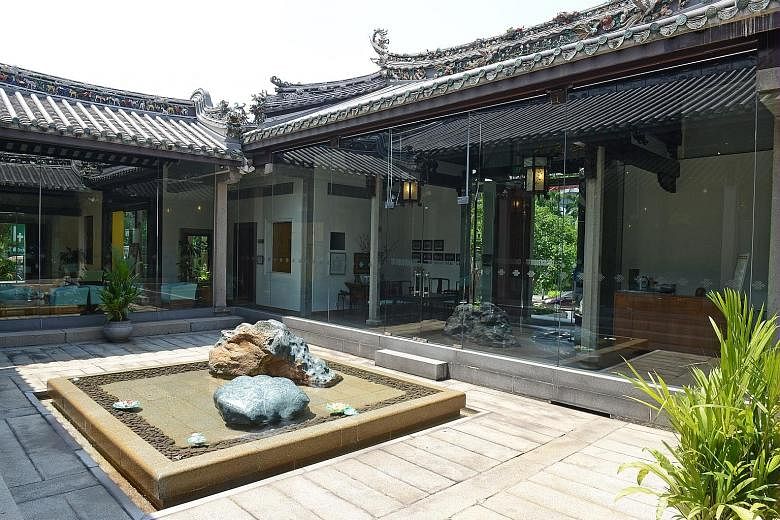The discussion on the late founding prime minister Lee Kuan Yew's house has put the spotlight on heritage and conservation.
Since the 1970s, the Government has gazetted more than 7,000 buildings for conservation, and 72 as national monuments.
These are the two main ways by which buildings, structures and sites with historical significance are preserved.
Conservation, done as part of urban planning, comes under the Urban Redevelopment Authority. It has said in the past that it consults advisers - from architects to tour guides - on these old buildings.
When a building is marked for conservation, the owner cannot change its external facade, original structure and defining features, but the interior can be modified.
Conservation buildings comprise largely shophouses and bungalows. But in recent years, warehouses, a former market and even bridges have made the list.
Designating a building or site as a national monument is the highest preservation status here. Besides the architectural merits and historical value of the building, factors such as social significance and importance to the country's heritage are considered.
The Preservation of Sites and Monuments, a division under the National Heritage Board, is the national authority that advises the Government on the matter. It is responsible for identifying worthy buildings, commissioning research on them and determining the best method of preservation. Its advisory board consists of people from the public and private sectors. The Preservation of Sites and Monuments derives its powers from the Preservation of Monuments Act.
When such buildings are private dwellings, the authorities will seek the owners' consent. The Government can also acquire the property under the Land Acquisition Act if the owners are unwilling.
An example of a house gazetted as a national monument is the House of Tan Yeok Nee, built by the wealthy merchant between 1882 and 1885. It is one of four houses built in the traditional southern Chinese style, with large internal courtyards and decorative wood carvings. Gazetted as a national monument on Nov 19, 1974, it is still privately owned.
The Istana Kampong Gelam, where descendants of former sultan Hussein Shah lived, was gazetted for conservation in 1999, and as a national monument in 2015. The sultan was the 19th-century ruler of the Johor Sultanate, which Singapore was part of. Beneficiaries and tenants who moved out when the 174-year-old building was conserved were awarded a total of $350,000 a year for 30 years.


